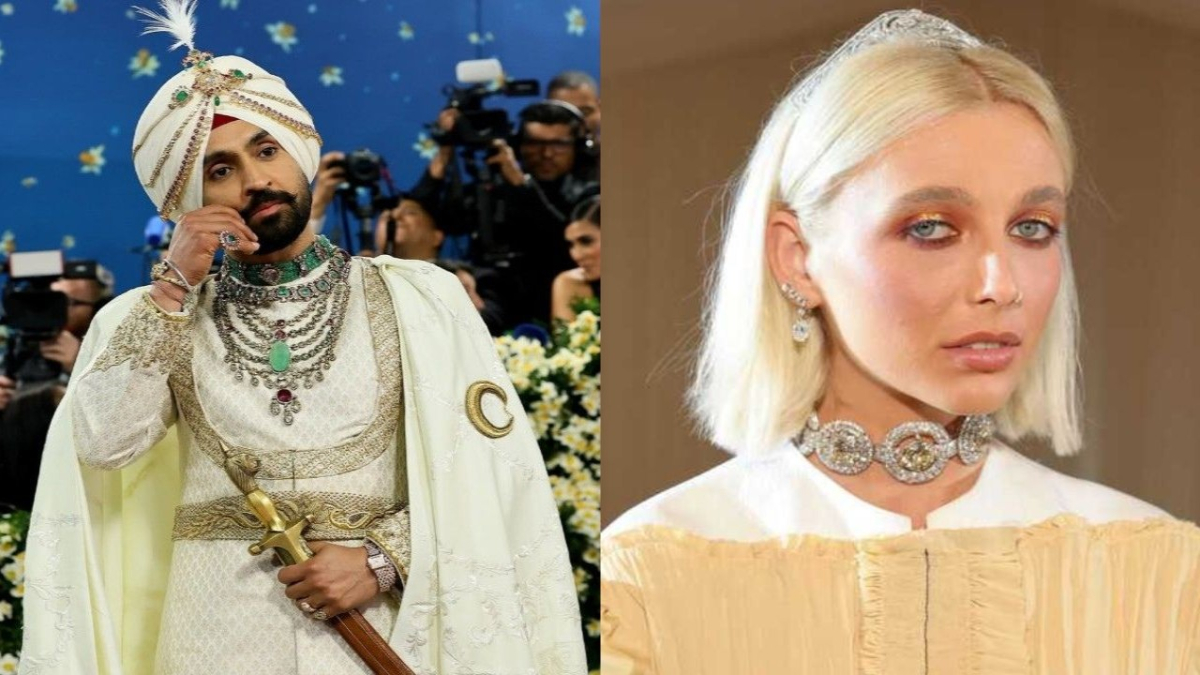
Advertisement
This year’s Met Gala got a lot of people talking online, especially about Diljit Dosanjh’s stunning look. The Punjabi singer paid a beautiful tribute to Maharaja Bhupinder Singh of Patiala—a famous 20th-century ruler—through his outfit, and it definitely caught everyone’s eye.
Dosanjh looked like royalty on the blue carpet, rocking a show-stopping outfit designed by Prabal Gurung. Every detail seemed carefully planned to honor the Maharaja’s legacy.
One of the most interesting parts of his look was the attempt to include the legendary Patiala choker—a famous necklace with huge historical importance. This choker was originally commissioned by Maharaja Bhupinder Singh in 1928 and made by Cartier, the luxury jeweler.
However, according to reports, Cartier told Dosanjh’s team that the original necklace is kept locked away in a museum and isn’t available to borrow. So, Dosanjh’s stylist, Abhilasha Devnani, teamed up with Golecha Jewels to create a stunning replica inspired by the original piece.
While many fans loved Dosanjh’s tribute, some couldn’t help but remember that back in 2022, Emma Chamberlain—a white YouTuber and Cartier brand ambassador—wore the actual original Patiala choker at the Met Gala.
Cultural commentators pointed out something important here: when Chamberlain wore the necklace, the story was framed as Cartier “restoring” a historic piece, focusing on the brand’s craftsmanship and legacy rather than its cultural roots. An article from the Economic Times noted that this presentation highlighted the luxury brand more than the necklace’s history.
But if Dosanjh, a brown (Punjabi) artist, had worn the real choker, the conversation might have shifted a lot. People would probably ask tougher questions like: Why was this necklace taken away from India in the first place? Who took it? And what does it mean for an Indian artist to wear it now—not just as a fashion accessory, but as a symbol of reclaiming history?
Interestingly, the necklace was last seen in 1946. After India gained independence, the choker mysteriously vanished from the royal treasury. Pieces of it later appeared in London, were auctioned off bit by bit, and were eventually bought by Cartier.
Many on social media felt frustrated that Dosanjh wasn’t allowed to wear something that is rightfully part of India’s heritage. One user on X (formerly Twitter) wrote, “The fact they weren’t giving something WHICH WAS LITERALLY OURS,” expressing the sentiment shared by many who see this as a bigger issue about cultural ownership and recognition.
